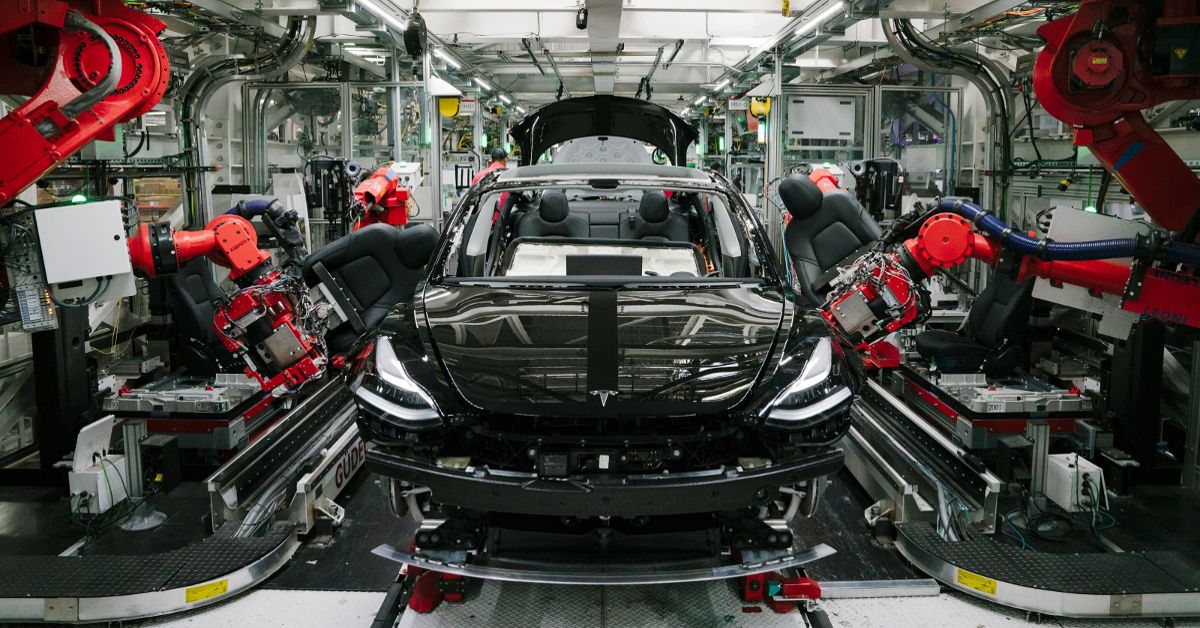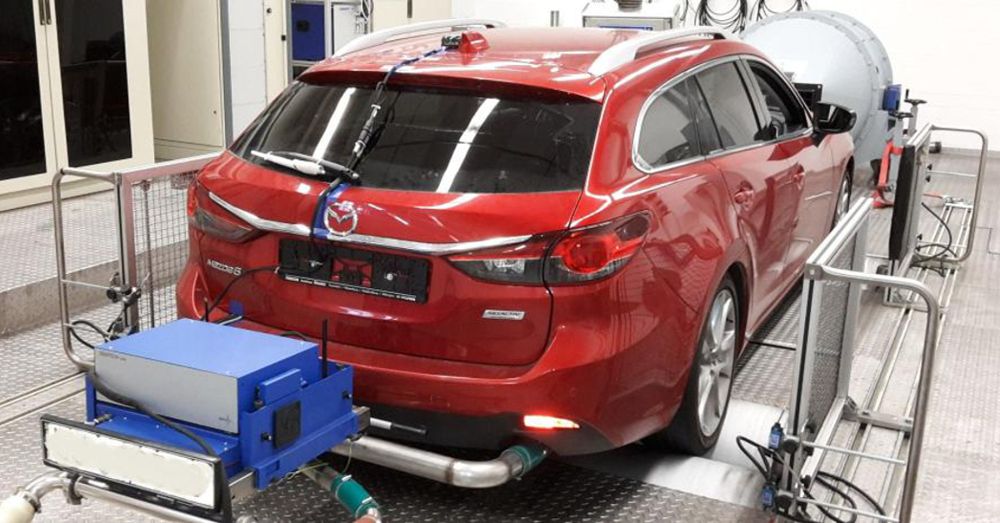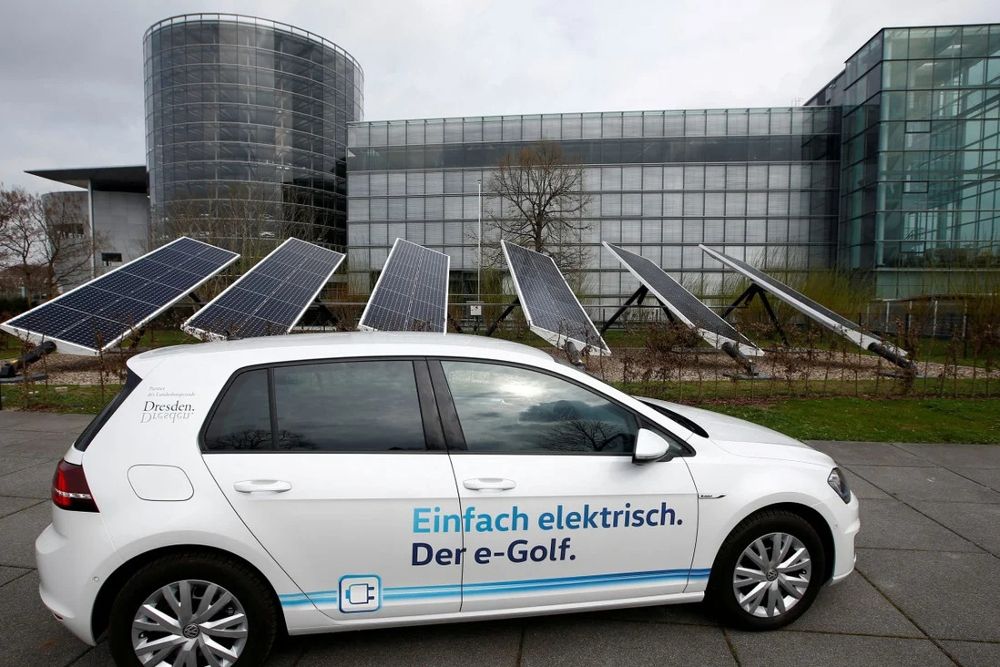No, this is not another discussion around whether electric cars are cleaner than their fossil-fueled counterparts, but it does touch on what is often brought up in those debates – the carbon footprint of the manufacturing process.
The carbon footprint of making a car is immensely complex to track. Ores have to be dug out of the ground and the minerals extracted. These have to be turned into parts.
Similarly, many other components have to be produced and shipped around the world: rubber tires, plastic dashboards, paint, and so on.
Finally, these parts then have to be assembled into the vehicle, and every stage in the process requires energy. What is more, all these manufacturers have offices and other infrastructure with their own carbon footprints that also have to be allocated proportionately to the cars being produced.
According to British online news publication, The Guardian - citing “How Bad Are Bananas? The Carbon Footprint of Everything” by Mike Berners-Lee - a sub-compact has a production footprint of around 6 metric tons of CO2 equivalent, whilst a larger car, such as a Ford Fusion, generates about 17 tons before it hits the road, with a typical top of the range SUV responsible for about 35 metric tons.
To put this in context, in America where the EPA assumes the average gasoline vehicle to have a fuel economy of about 22.0 miles per gallon while driving around 11,500 miles per year, the operating CO2 emissions equate to about 38 tons over the lifespan of a typical vehicle.
The Role Of The New Car’s Embodied Emissions In Its Lifetime Carbon Footprint
As the war on carbon emissions heats up, it is becoming increasingly important to understand where and how these emissions are created, so as far back as 2015 global engineering, environmental and strategic consultancy, Ricardo, released a report on the “Lifecycle Emissions from Cars”.
The report prepared for, and in collaboration with, the Low Carbon Vehicle Partnership that includes major vehicle manufacturers and oil companies, highlighted the increasing importance of accounting for whole life carbon emissions, especially when evaluating the greenhouse gas emissions of low carbon vehicles.
As expected, based on the emissions from a vehicle running on a 10 percent ethanol blend or 500g/KWH grid electricity-generation emissions with a lifespan of 150,000 KM, the report found that some of the CO2 savings gained during the operation of low carbon vehicles were offset by increased emissions created during their production, and to a lesser degree disposal. However, over their full life, electric and hybrid vehicles still have lower carbon footprints than normal cars.
For instance: the study found that a typical medium-sized family car releases around 24 tons of CO2 during its life cycle, while a similarly sized EV produces about 18 tons over its life, with 46 percent of its total carbon footprint generated during manufacture before it has traveled a single mile.
In this study, the embedded carbon stemming from the manufacturing process of a gasoline ICE car was found to be around 5.6t CO2 equivalent (CO2e), approximately three-quarters of which came from the steel in the vehicle glider (a vehicle excluding the powertrain).
A similar electric vehicle would have embedded production emissions of 8.8t CO2e, with the battery accounting for approximately 43 percent.
The report also indicates that lifecycle carbon emissions for mid-sized petrol and diesel vehicles doing a similar lifetime mileage are almost identical – the greater efficiency of the diesel being offset by higher production emissions.
Placing A Monetary Value On The CO2 Emissions Locked Into A New Car
In his book, Berners-Lee uses a so-called “input-output” analysis to break up the known total emissions of the world or specific country into different industries and sectors, in the process taking account of how each industry consumes the goods and services of all the others.
Although the study is ten years old, it is still of interest when drawing comparisons.
So, by dividing the total emissions of the auto industry by the total amount of money spent on new cars, the Guardian ascribed 720kg of CO2e for every £1000 spent on a new car in the UK.
This is only a ballpark figure, of course, as some cars may be more efficiently produced than others of the same price. But it's a reasonable estimate that would seem to indicate cars could have much larger emissions footprints than was previously believed.
Thus, producing a medium-sized new car costing £24,000 could lock in more than 17 tons of CO2e – almost as much as three years' worth of gas and electricity in the typical UK home.
Under these circumstances, the truth would appear to be that, unless you do very high mileage or have a real gas-guzzler, it generally makes sense to keep your old car for as long as it is reliable – and to look after it carefully to extend its life as long as possible. If you make a car last to 200,000 miles rather than 100,000, then the emissions for each mile the car does in its lifetime may drop by as much as 50 percent, as a result of getting more distance out of the initial manufacturing emissions.
However, with many OEMs aiming for carbon-neutral manufacturing by the mid-2030s, it is safe to assume as cars’ tailpipe emissions reduce so too will the embodied emissions of both fossil-fueled and battery electric vehicles.



